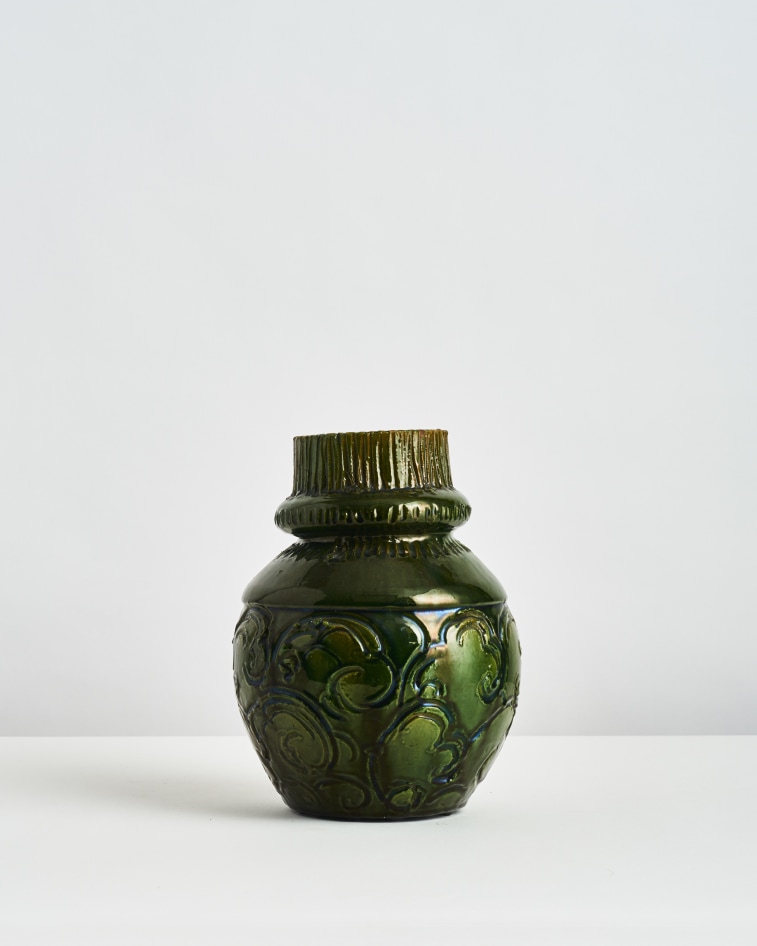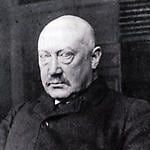

Thorvald Bindesbøll, born on 21 July 1846, was the son of architect Michael Gottlieb Bindesbøll. Although a boy of ten years at the time of his father's death, he carried forth Michael's interest in art and architecture. Thorvald Bindesbøll was born into the artistic elite of Copenhagen. In early childhood, he showed considerable artistic talent. He trained as an architect at the Royal Danish Academy of Fine Arts in Copenhagen and also passed the polytechnic examinations in chemistry.
While studying at the Royal Academy of Fine Arts, he received his first independent architectural commission. In 1882 he set off on a study tour of Northern Germany, the Netherlands and Northern Italy. Finding little demand for his architectural services upon his return to Denmark, he entered the field of industrial design. From 1880 onwards, he became increasingly interested in ceramics and produced hundreds of ceramic works in a virile, spontaneous style. Professional potters wheel-turned the majority of his pieces following his instructions or working drawings. Bindesbøll decorated the wet clay and applied the glaze.
From the early 1880s, Bindesbøll became seriously engaged with ceramics, gradually adapting Far Eastern sources, and later developing his own personal form of non-figurative art. He was also well respected for his designs in silver.
In 1900 Bindesbøll contributed to the Danish section for craft and design at the Paris Exposition Universelle. There he displayed ceramics and silver of his own design. Although Bindesbøll's contemporaries did not recognize his genius, famed art historian Nikolaus Pevsner called him "the most original ceramic artist of his generation."